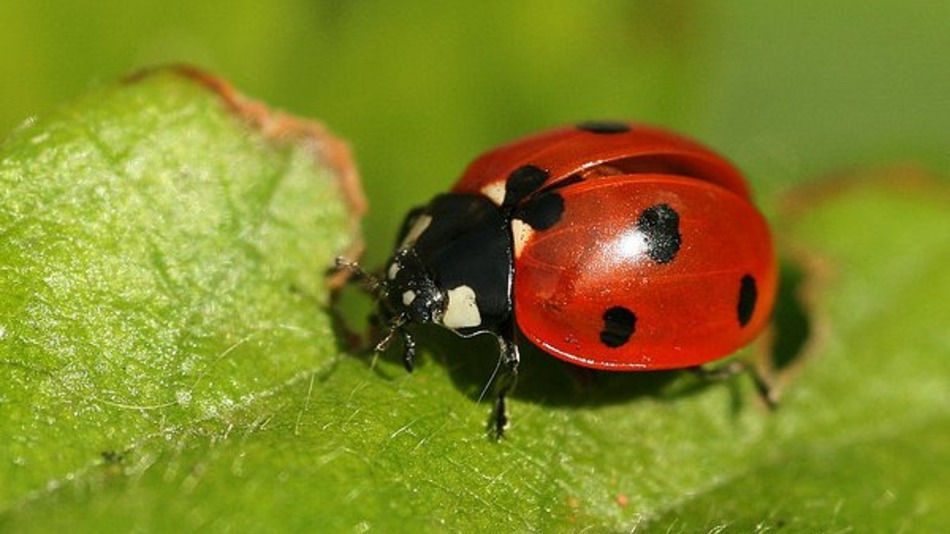Impacts of GMO food on health and environment.
- Kevin Alfredo
- Oct 24, 2017
- 4 min read
GMOs have been receiving a bad reputation for years now as studies continue to come out, exposing the hazardous nature of GMOs. It has been shown to cause harm to human, animals, environment and society. Many believe GMOs have no place in our world.

Food is a necessity to satisfy human basic needs, but for some people food is more than just a basic necessity, it is a pleasure that perform a significant role in their understanding of happiness. But the food that we consumed, is it safe for our body? Do we really check how is it grow? Organic or Modified?
One of the food issues that still ongoing is GMO food products. So, what is GMO?
According to Non-GMO project, Genetically Modified Organism (GMO) is a plant, animal, microorganism or other organism who’s DNAs has been modified with other organism’s DNAs in a laboratory by using genetic engineering or transgenic technology. This produces unsteady combinations of plant, animal, bacterial and virus genes that do not appear in nature or through old-style crossbreeding procedures.
Biotechnology has allowed us the capability to overcome insurmountable physiological barriers and to exchange genetic materials among all living organisms (Maghari & Ardekani, 2011).
Little did we know, food that we consumed might be came from GMO products, they could be sold in our nearby supermarkets or used by some restaurants. Most of GMOs food are agricultural crops such as corn, papaya, soy, zucchini, sugar, canola and many more (Renter, 2012).
According to Brookes and Barfoot (2006), Main manufacturers of GM crops include USA and Canada. In the US, around 80% of maize, cotton and soya are biotech varieties. In Canada, Genetically Engineered ingredients are sourced in more than 70% of the processed food products. Developing countries are promptly accepting the technology with the hope of reducing hunger and poverty. These countries account for 40% of the global farmlands used for GM crop cultivation (Maghari & Ardekani, 2011).
According to List verse, there are few major problems that caused by GMOs:

Health issues by GMOs
The American Academy of Environmental Medicine recommends doctors to prescribe non-GMO foods for all patients. Human surveys show how genetically modified (GM) food can leave substance behind inside our body, that will be causing long-term complications. Various health problems rised after GMOs were initiated in 1996.
The percentage of Americans with three or more chronic diseases increased from 7% to 13% in just 9 years; food allergies rise steeply, and disorders like autism, reproductive disorders, digestive problems, and many more are increased. Even though there is not adequate research to approve that GMOs are a causative factor, doctors groups warn not to wait before start protecting own self, and particularly children who are likely at risk.

Super bugs and Super weeds
The good thing about modified a plant with an insecticide gene is it abolishes a lot of undesirable bugs. The disadvantage is that only the toughest insects survive, as a result a new rank of super bugs resistant to the crops’ implanted toxins and spray-on chemicals.

Execute Bees and Butterflies
One of the marketed benefits of GM foods is they are pest and weed killer resistant, which should leads to better crop yields. Regrettably, the methods GMO firms practice to pest-proof their crops is also assumed to kill vital advantageous bugs, like bees and butterflies. The elimination of pollinating insects could ultimately lead to a downfall in the food supply. This is because insect pollination helps one-third of food crops (with honeybees accountable for 80% of that number).

Cross-Pollination contaminates regulars crops
GM crops are difficult to comprehend, which means they could be extremely hard to clear if we later agree they are a terrible idea. We impossible to stop GM farm’s pollen from blowing in, fertilizing, and turning crops into hybrids. As GM crops cultivate in popularity, we may not be able to pick between consuming and avoiding them because all plants will be “infected”. Even buying food with an organic label doesn’t put us safe totally. It is impossible to completely clear up our contaminated gene pool. GMO contamination has also caused economic shortfalls for organic and non-GMO farmers who always fight to keep their crops uncontaminated.

Farmers can’t harvest seeds
Basically, farming is a simple procedure: plant seeds, grow crops, harvest crops, and gather seeds from the plants for the next period. Unfortunately, GMO companies grab this last step away from farmers and increase expenses even further by obliging the farmers to repeatedly purchase the premium-priced GM seeds every growing season.
Word count:771 words

References
Brookes, G., & Barfoot, P. (2006). GM crops The First Ten Years-Global Socio-economic and Environmental Impacts. United Kingdom: PG Economics Ltd.
Freedman, D. H. (2013, September 1). The Truth about Genetically Modified Food. Retrieved October 25, 2017, from Scientific American: https://www.scientificamerican.com/article/the-truth-about-genetically-modified-food/
Grant, S. (2013, June 22). 10 Problems Genetically Modified Foods Are Already Causing. Retrieved from ListVerse: https://listverse.com/2013/06/22/10-problems-genetically-modified-foods-are-already-causing/
Lallanilla, M. (2016, January 11). GMOs: Facts About Genetically Modified Food. Retrieved October 25, 2017, from Live Science: https://www.livescience.com/40895-gmo-facts.html
Maghari, B. M., & Ardekani, A. M. (2011). Genetically Modified Foods and Social Concerns. Avicenna Journal of Medical Biotechnology, 109-117.
Renter, E. (2012, July 28). Top 10 Worst GMO Foods for Your GMO Foods List. Retrieved from Natural Society: http://naturalsociety.com/top-10-worst-gmo-foods-list/
Smith, J. (2011, August 25). 10 Reasons to Avoid GMOs. Retrieved from Institute for Responsible Technology: http://responsibletechnology.org/10-reasons-to-avoid-gmos/
The Non-GMO Project. (2016). What is GMO? Retrieved October 25, 2017, from Non-GMO project: https://www.nongmoproject.org/
Images source : Google.com



















Comentarios